Royal Aircraft Factory R.E.8 Royal Flying Corps
Production Time 9 to 10 weeks
Shipment is by FedEx, UPS or DHL International Express Courier with a normal door-to-door delivery time worldwide of within 2-3 business days after dispatch. Due to the current volatility of world fuel prices, the amount mentioned here is our best estimate for DHL and UPS and may be subject to change at the time of shipping.

Model Description: Royal Aircraft Factory R.E.8 Royal Flying Corps Wood Replica Scale Custom Model Aircraft
Manufacturer: Royal Aircraft Factory
Wingspan: 17 Inches (43.2 Centimeters)
Height: 4.5 Inches (11.4 Centimeters)
Scale: 1:30
$249.50
Production Time 9 to 10 weeks
-
United States dollar ($)
-
Pound sterling (£)
-
Euro (€)
-
Australian dollar ($)
-
Canadian dollar ($)
-
Singapore dollar ($)
-
Swiss franc (CHF)
-
Japanese yen (¥)
-
Danish krone (kr.)
-
Hong Kong dollar ($)
-
Norwegian krone (kr)
-
Swedish krona (kr)
-
United Arab Emirates dirham (د.إ)
General Product Description
Our PlaneArts Royal Aircraft Factory R.E.8 Royal Flying Corps model exhibits unique, unrivaled quality and detailed design to come as close as possible to the accuracy of the actual plane. It comes as standard with a robust, durable base or stand which is available in a variety of different finishes designed to match your own personal requirements including solid wood, wood with polished metal supports or adjustable wood wall mount and will be ready within about 9-10 weeks from placement of order.
The Royal Aircraft Factory R.E.8 Royal Flying Corps model is made of the finest kiln dried renewable mahogany wood (commonly known as Lauan or Meranti) which has undergone many stages of carving and meticulous and careful sanding giving the beautiful, finished museum quality masterpiece. Many collectors and model connoisseurs demonstrate their preference for genuine handmade and hand painted mahogany wood models rather than plastic or die cast (diecast) alternatives due to the overall look and totally different feel of the item - we trust you will find the same. We can however, if required produce the same model in Solid Cast Resin so just click and contact us for further information. Our craftsmen and gifted artisans ensure that our finely handcrafted model airplanes match the precise blueprint details of the original aircraft. The paint scheme, markings and parts are closely matched, reflecting the original aircraft. This stylish top-quality desktop replica model will surely enthrall anyone who receives this as a gift and for sure one of the most appropriate and desirably collectable gifts for any military aviation enthusiast and avid aircraft collector whilst also displaying a perfect resemblance to the actual real life version.
There are many types of military propeller aircraft, but the basic types are bombers, fighters, fighter bombers, spotter planes, transporters, patrol aircraft, trainers, and reconnaissance and observation aircraft. All these types of aircraft are used for different types of missions. If you're a fan of historic or present-day military aviation, our model aircraft will bring the excitement and character of these aircraft right into your own home. You can order a wood airplane model of a North American B-25 Mitchell Bomber, a B17 - Flying Fortress, or a P-51 Mustang Nervous Energy V not forgetting the Bf 109, Spitfire, FW 190, A6M Zero, P-38 and F4U. These classic, propeller airplane models are of the highest quality. Each is individually crafted by our expert craftsmen. They produce handmade scale mahogany airplane models of the finest aircraft from World War I and II to present day biplanes and triplanes.
If you require, we can also make the Royal Aircraft Factory R.E.8 Royal Flying Corps model in any other military, government or even private livery or colour scheme you require and if necessary, in a different size or scale. Just click here to contact us with a description or photographs of what you require, and we will let you have a quotation for the necessary customization by return email. We can also make bespoke scale replicas of any other private / civil commercial airliner or airliners, helicopter, glider, gliders with engines, military jet, warplane jets, biplane, triplane, tail fin, spacecraft, rocket or NASA model you require in any airline, military or civilian livery or colors. We also produce model airships, blimps, dirigibles, blimps, boats, and ship collectibles. Wall plaque or seal for military, government or private customers. Again, by clicking here to contact us just let us know exactly what you need.
Soaring through History: The Royal Aircraft Factory R.E.8 and its Role in the Royal Flying Corps
The Royal Aircraft Factory R.E.8, often known simply as the R.E.8, played a pivotal role in the aerial campaigns of the Royal Flying Corps (RFC) during World War I. Introduced in 1916, this British biplane reconnaissance aircraft combined operational flexibility with improved safety features, marking a significant evolution in warplane design. Its contribution to aerial reconnaissance and light bombing missions helped shape the tactics and outcomes of the Great War.
Development and Design:
The R.E.8 was developed as a successor to the earlier Royal Aircraft Factory B.E.2, with the intention of addressing the latter’s vulnerability to enemy aircraft and ground fire. The design team, led by John Kenworthy, focused on creating a more robust and stable platform capable of both reconnaissance and light bombing roles. Featuring a conventional wood and fabric construction, the R.E.8 incorporated a boxy fuselage and a larger, more powerful engine. Its distinctive features included a relatively stable flight profile, which was crucial for observation and artillery spotting tasks.
Operational Deployment:
Upon its introduction, the R.E.8 quickly became the backbone of the RFC’s reconnaissance units. Its first operational sorties highlighted the aircraft’s potential in gathering crucial battlefield intelligence and directing artillery fire. Pilots and observers praised the aircraft for its stability and relatively good handling characteristics, which were essential for the precise requirements of photographic surveying and reconnaissance.
The R.E.8 was deployed on all fronts where the British forces were active, from the Western Front to the Middle Eastern theatres. It was involved in some of the most significant battles of the war, including the Battle of the Somme and the Third Battle of Ypres, where its contributions to battlefield surveillance and coordination were invaluable.
Combat Performance and Legacy:
Despite its initial promise, the R.E.8 faced its share of challenges, particularly from faster and more agile German fighters. Its performance in combat was a mix of success and vulnerability, leading to modifications that aimed to enhance its defensive capabilities, such as improved armament and better crew protection.
The R.E.8’s legacy is complex. On one hand, it was criticized for its relatively slow speed and lack of agility, which made it an easier target for enemy aircraft. On the other hand, its ability to deliver reliable reconnaissance data and its role in the development of aerial photography and aerial observation techniques cannot be overstated.
Conclusion:
The Royal Aircraft Factory R.E.8, despite its shortcomings, was a cornerstone of British aerial operations during World War I. Its design reflected the rapid advancements in aviation technology and tactical thinking of the time. While not the most celebrated aircraft of its era, the R.E.8’s contribution to the effectiveness of the Royal Flying Corps was significant, helping to pave the way for modern aerial reconnaissance and warfare strategies. As such, it remains a notable chapter in the history of military aviation, symbolizing the bravery and innovation of the early 20th century air warfare.
| Weight | 6 kg |
|---|---|
| Dimensions | 11.1 × 17 × 4.5 in |
Be the first to review “Royal Aircraft Factory R.E.8 Royal Flying Corps” Cancel reply
Similar Models
Helicopters
Military Airplanes - Propeller
Military Airplanes - Propeller
Military Airplanes - Propeller
Private & Civilian
Private & Civilian
Military Airplanes - Propeller
Military Airplanes - Propeller
Military Airplanes - Propeller
Military Airplanes - Propeller
Military Airplanes - Propeller
Military Airplanes - Propeller
Military Airplanes - Propeller
Military Airplanes - Propeller
Boats, Ships & Submarines
Boats, Ships & Submarines
Military Airplanes - Propeller
Military Airplanes - Propeller
Military Airplanes - Propeller
Military Airplanes - Jet
Military Airplanes - Jet
Military Airplanes - Jet
Military Airplanes - Jet
Military Airplanes - Propeller
Military Airplanes - Jet
Military Airplanes - Jet
Military Airplanes - Jet
Military Airplanes - Jet
Military Airplanes - Propeller
Military Airplanes - Jet
Military Airplanes - Propeller
Military Airplanes - Propeller
Private & Civilian
Military Airplanes - Propeller
Military Airplanes - Propeller
Private & Civilian
Israel Aircraft Industries IAI-1124 Westwind TNT Air Couriers
Military Airplanes - Propeller
Military Airplanes - Jet
Military Airplanes - Jet
Military Airplanes - Jet
Military Airplanes - Jet
Military Airplanes - Propeller
Military Airplanes - Propeller
Military Airplanes - Jet
Military Airplanes - Jet
Military Airplanes - Jet
Military Airplanes - Jet
Military Airplanes - Propeller
Military Airplanes - Jet
Military Airplanes - Jet
Military Airplanes - Jet
Military Airplanes - Propeller
Military Airplanes - Propeller
Military Airplanes - Propeller
Military Airplanes - Propeller
Military Airplanes - Jet
Military Airplanes - Jet
Military Airplanes - Propeller
Military Airplanes - Jet
Private & Civilian
Military Airplanes - Jet
Military Airplanes - Propeller
Private & Civilian
Military Airplanes - Propeller
Military Airplanes - Jet
Military Airplanes - Propeller
Military Airplanes - Propeller
Military Airplanes - Propeller
Military Airplanes - Propeller
Military Airplanes - Propeller
Military Airplanes - Propeller
Military Airplanes - Jet
Military Airplanes - Jet
Private & Civilian
Military Airplanes - Jet
Military Airplanes - Jet
Helicopters
Helicopters
Helicopters
Military Airplanes - Propeller
Helicopters
Military Airplanes - Jet
Blackburn Buccaneer RAF 237 Operational Conversion Unit OCU Squadron
Military Airplanes - Propeller
Private & Civilian
Military Airplanes - Jet
Military Airplanes - Jet
BAe British Aerospace Hawk T.1 Mk.1 Royal Air Force RAF Red Arrows
Military Airplanes - Jet
Military Airplanes - Propeller
Military Airplanes - Propeller
Military Airplanes - Propeller
Military Airplanes - Propeller
Military Airplanes - Propeller
Military Airplanes - Propeller
Military Airplanes - Propeller
Military Airplanes - Propeller
Military Airplanes - Propeller
Private & Civilian
Private & Civilian
Helicopters
Private & Civilian


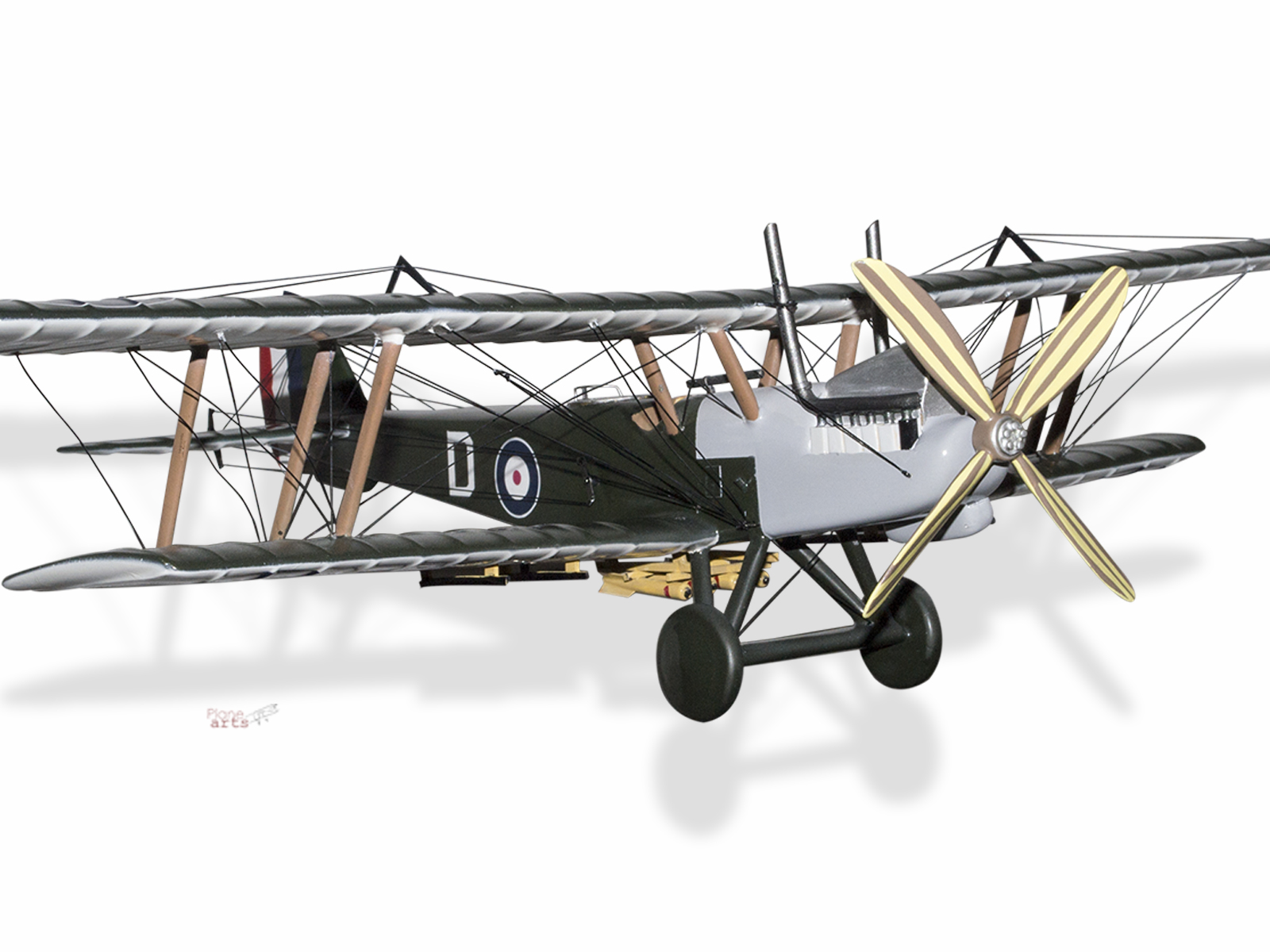
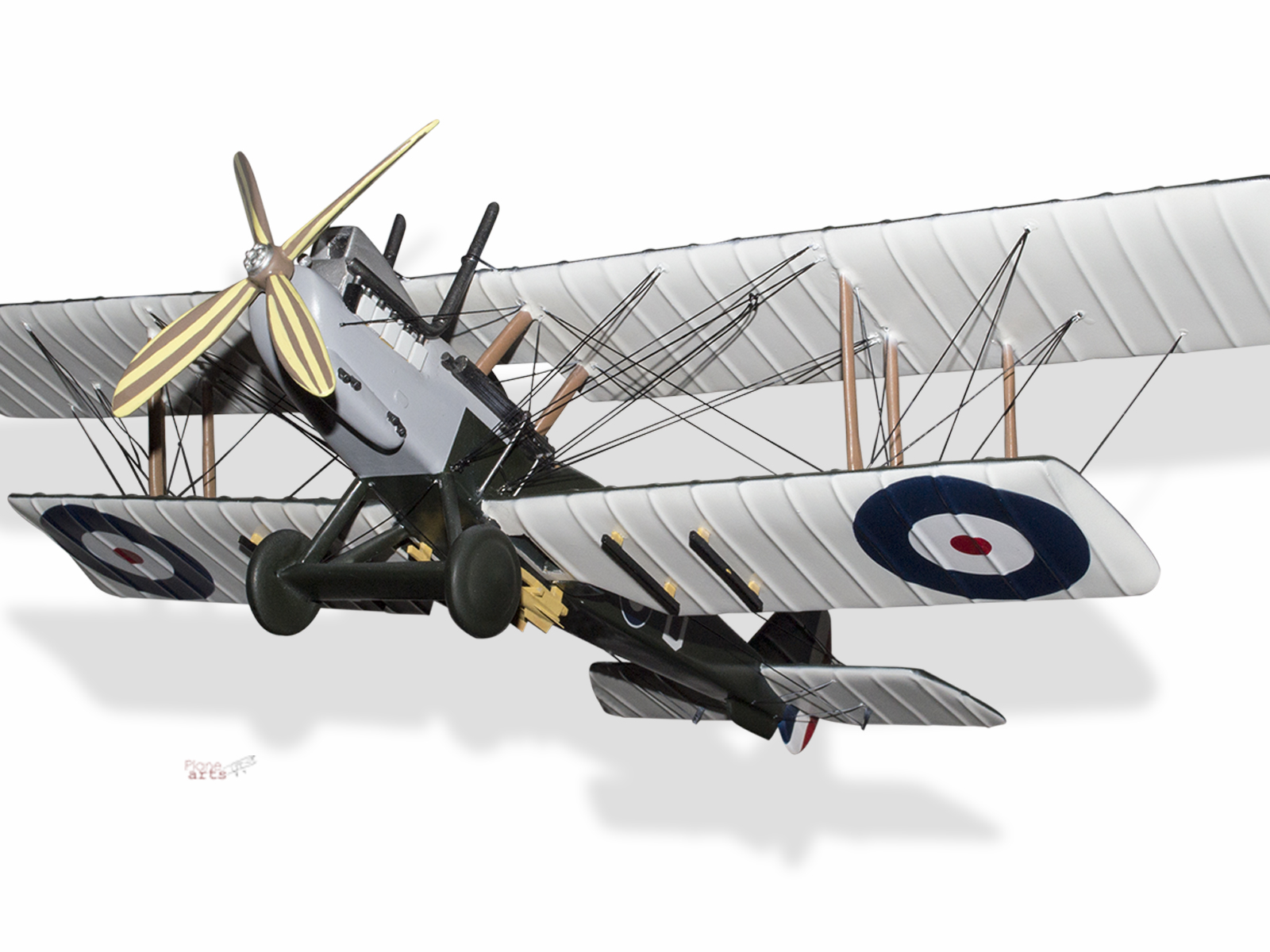
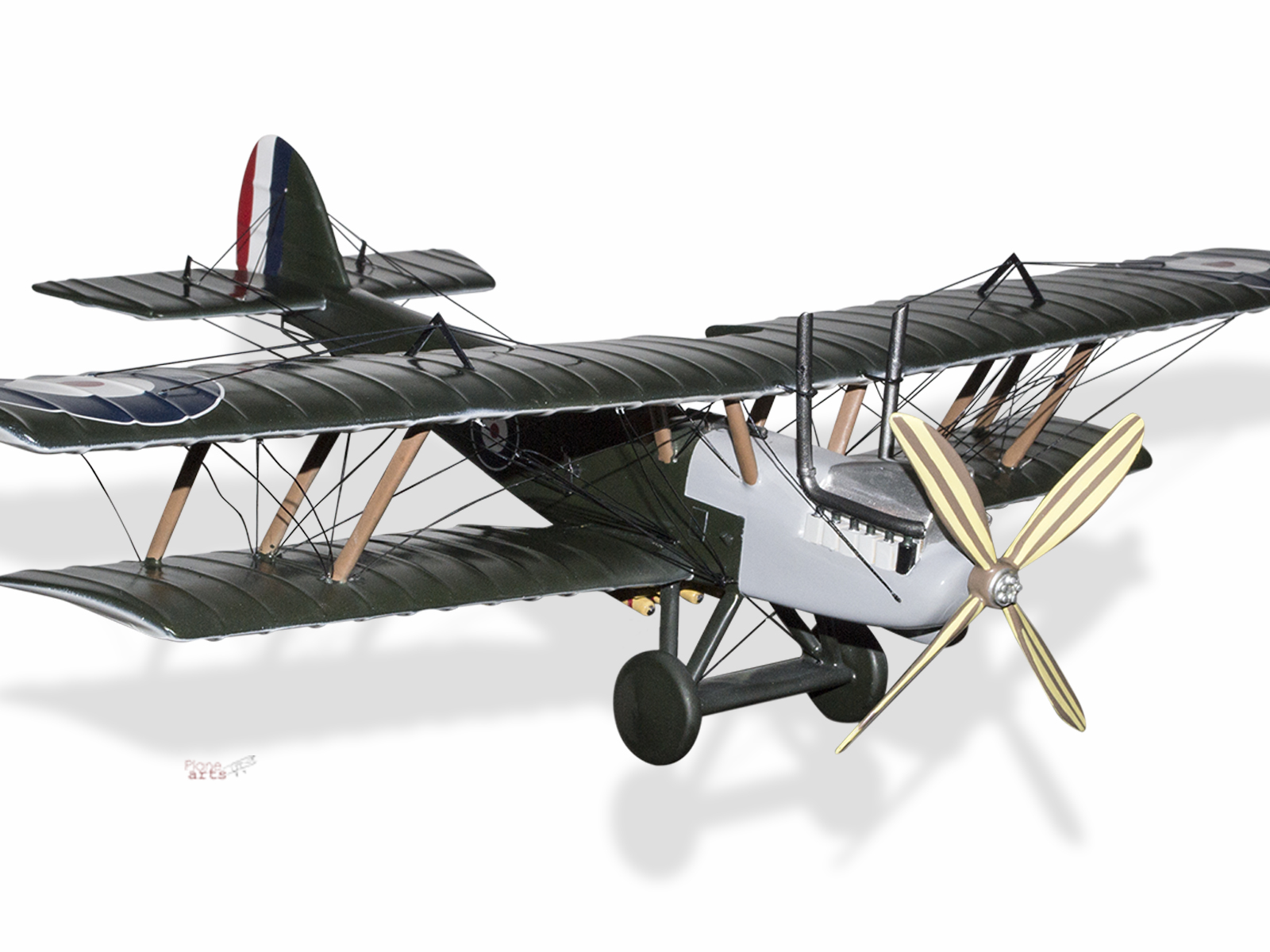
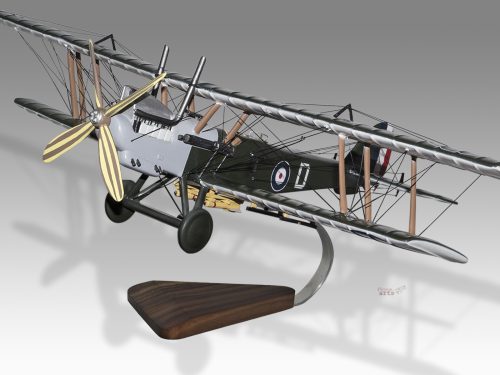
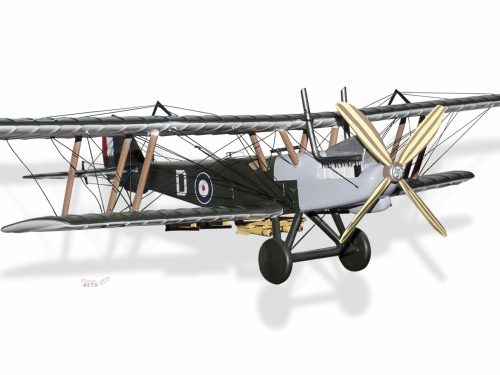
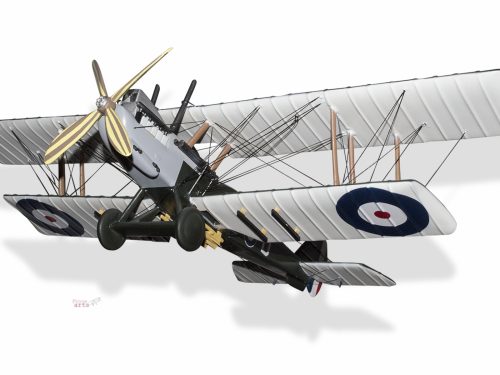
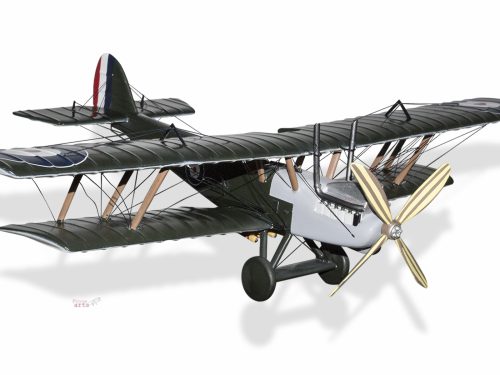

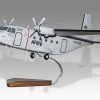
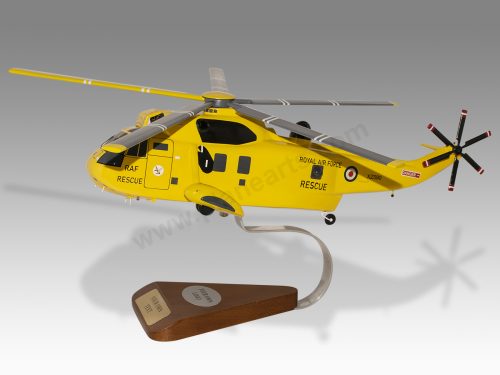
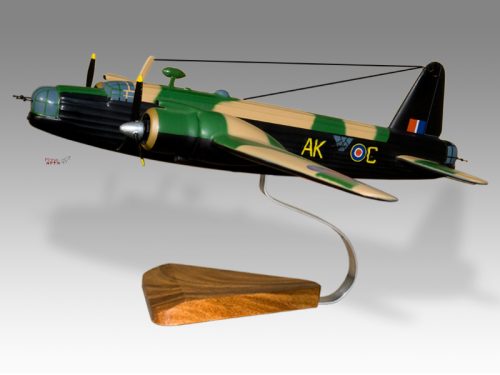

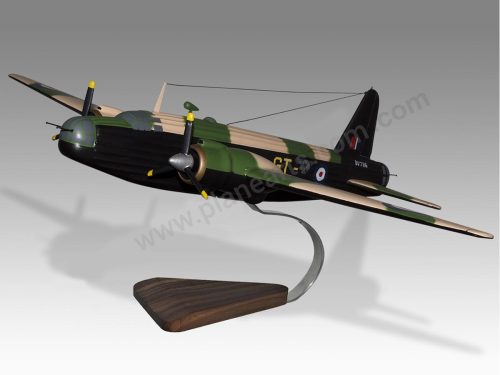

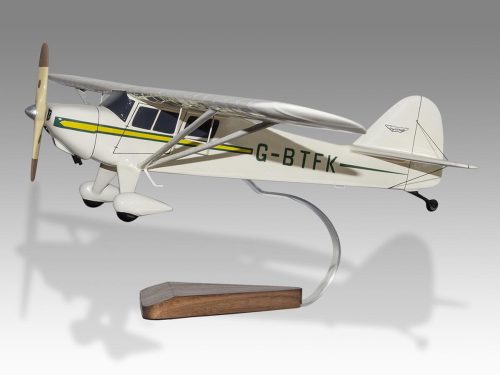
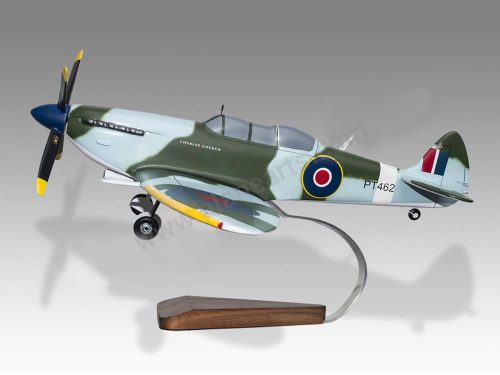
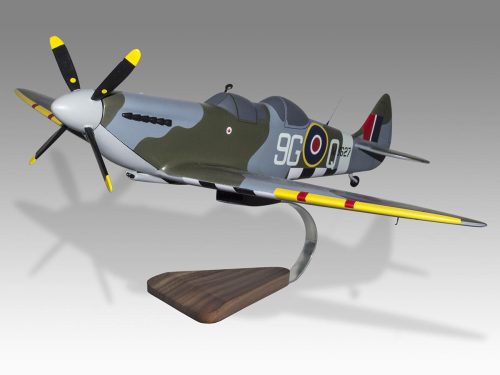
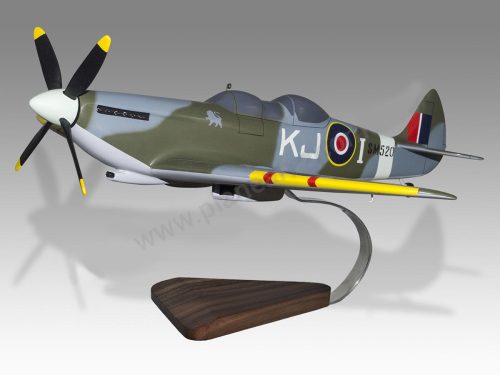
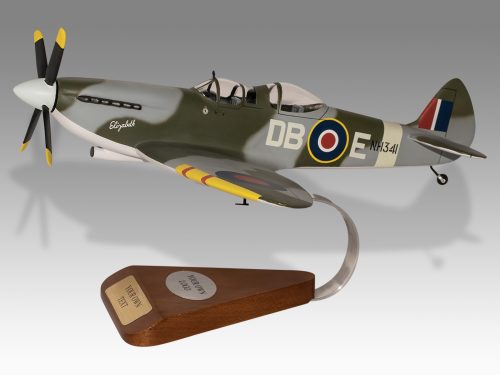
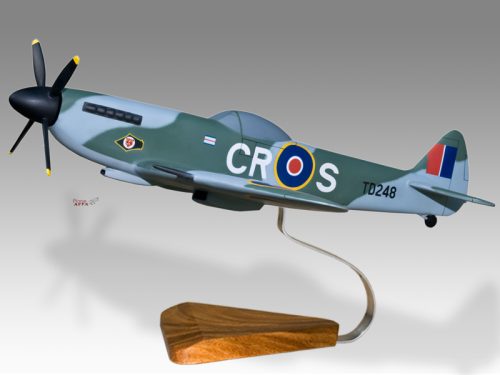
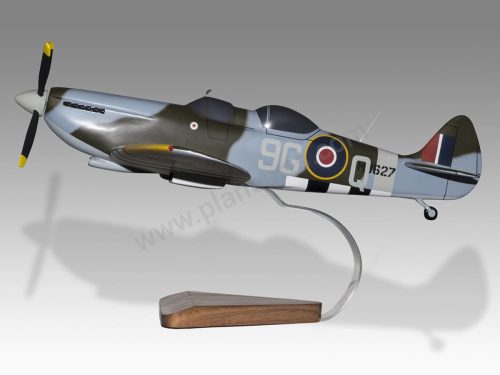
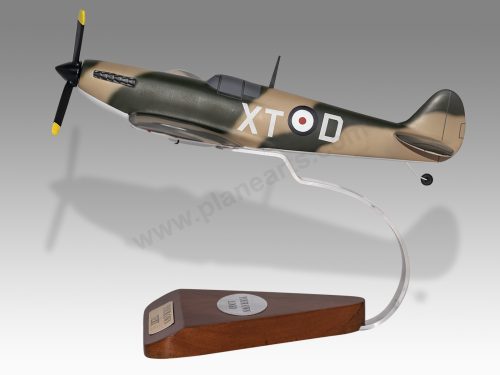
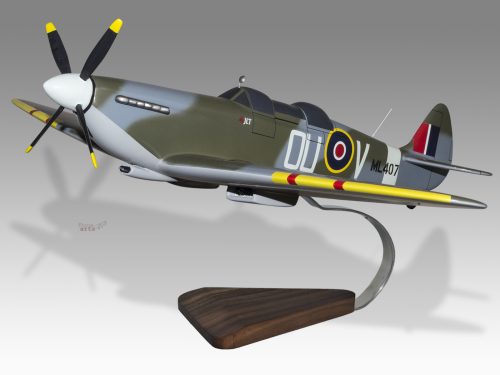




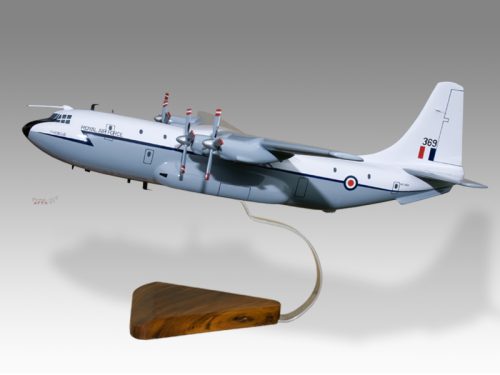

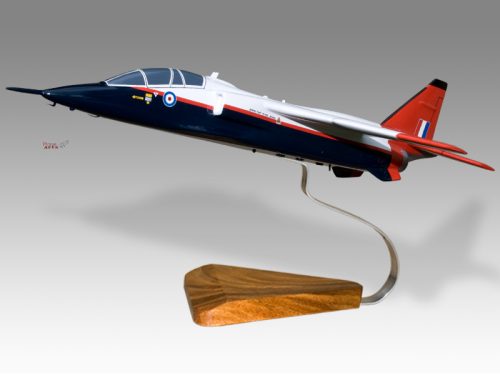
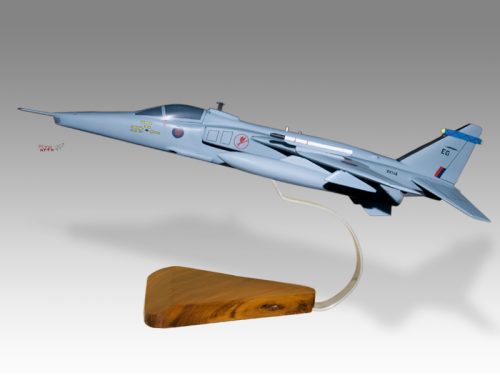
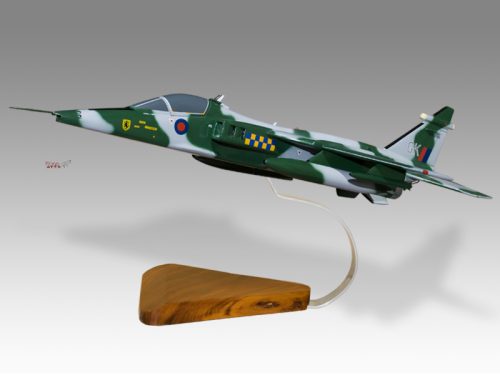
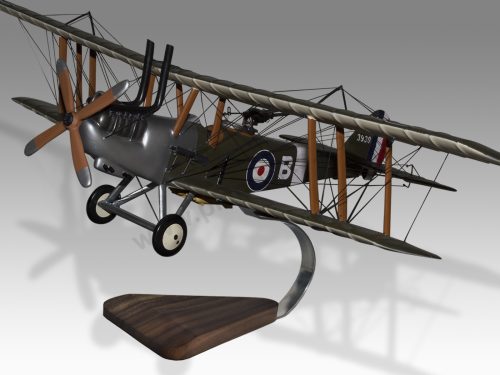
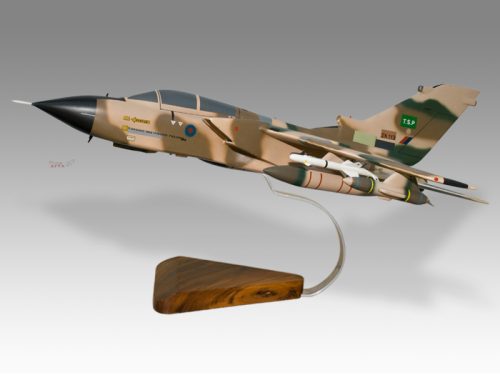
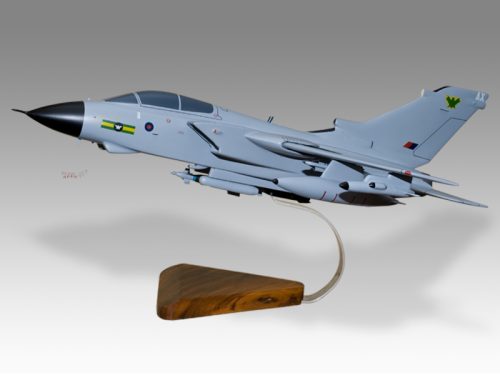
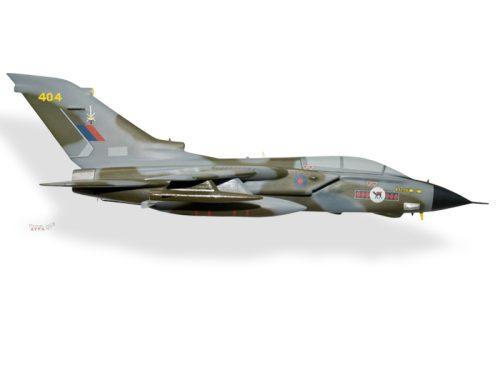
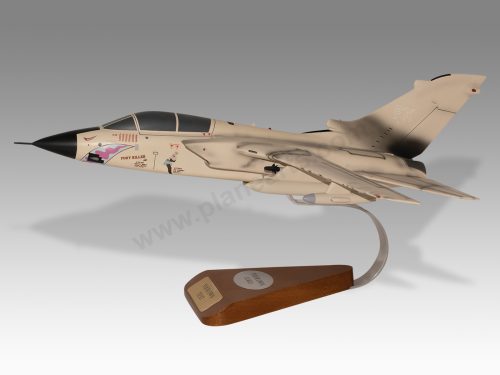
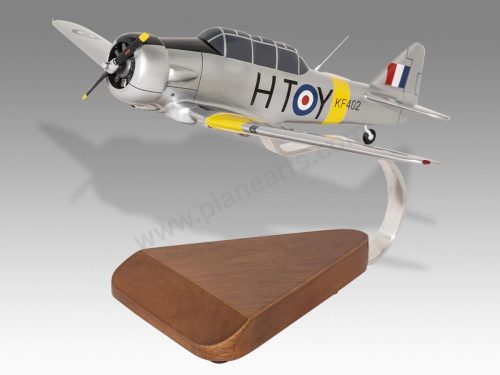

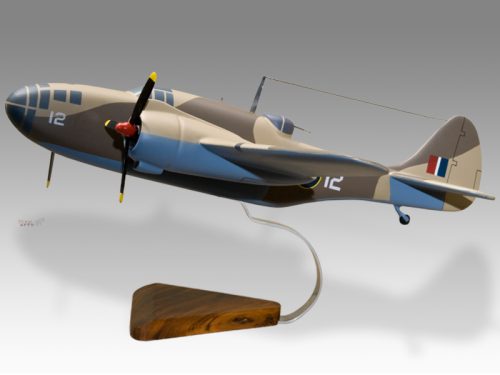
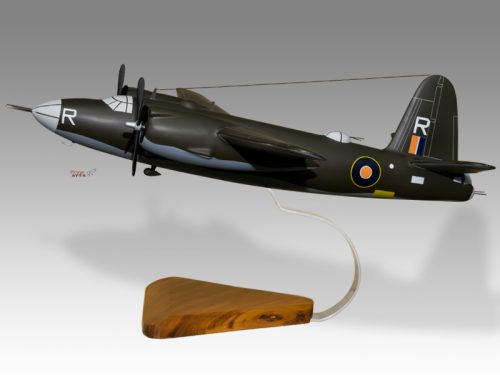

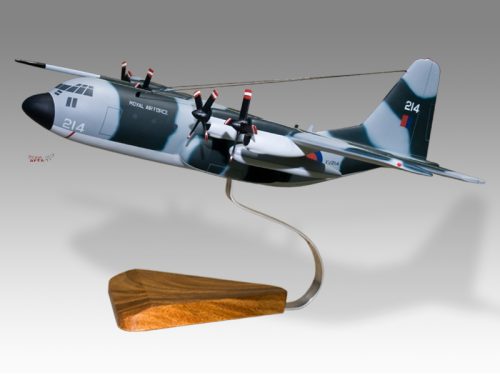



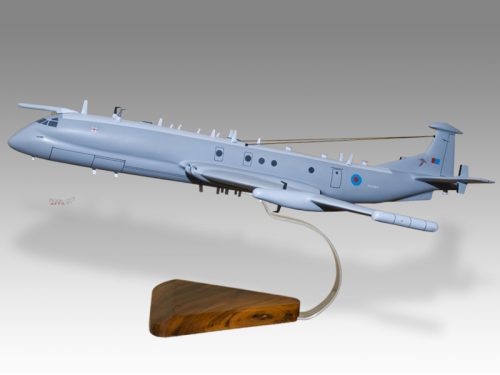
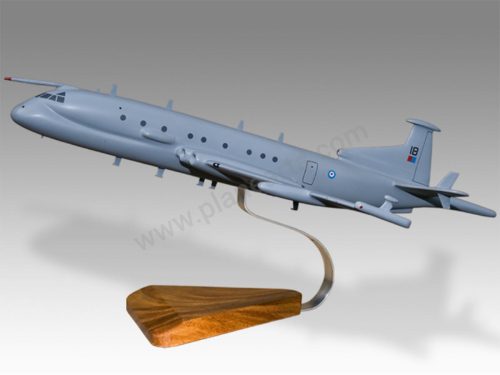


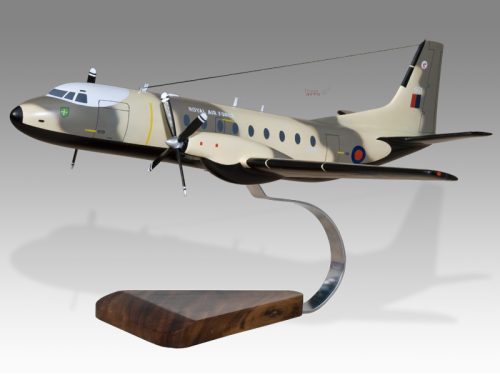


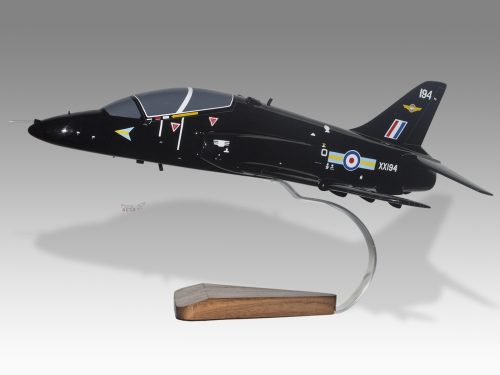
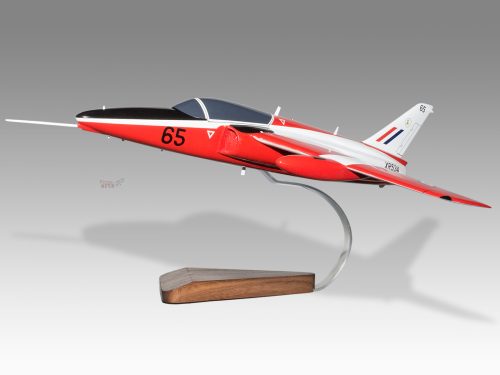
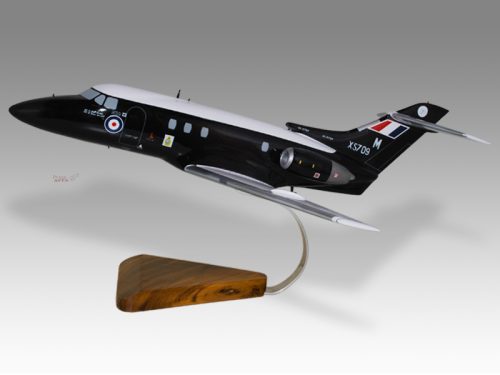
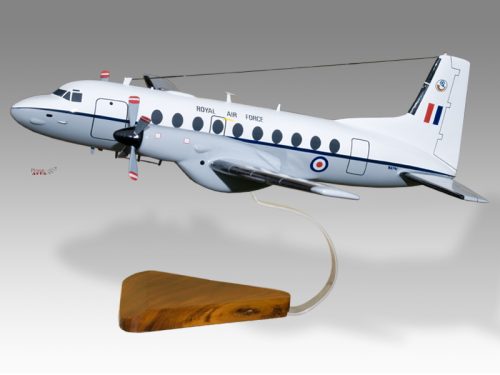
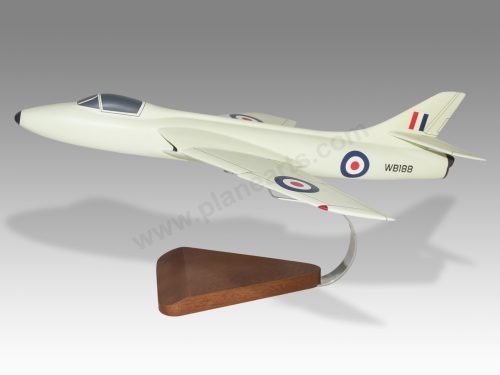
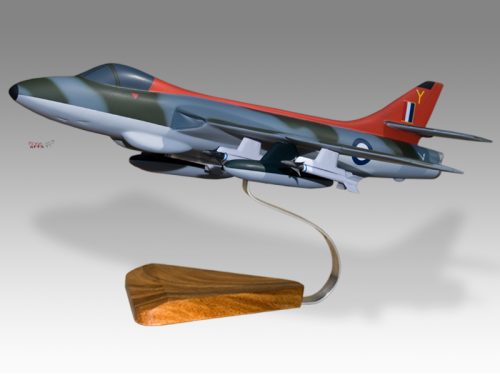

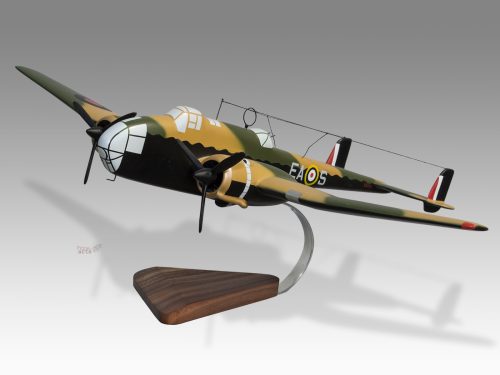

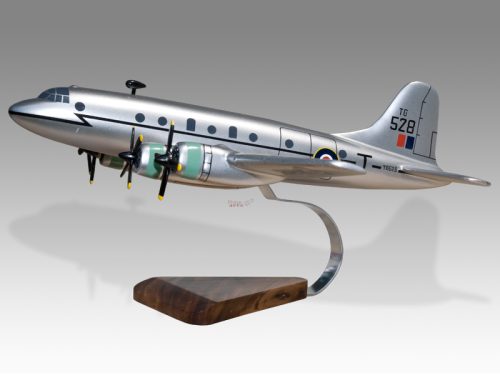
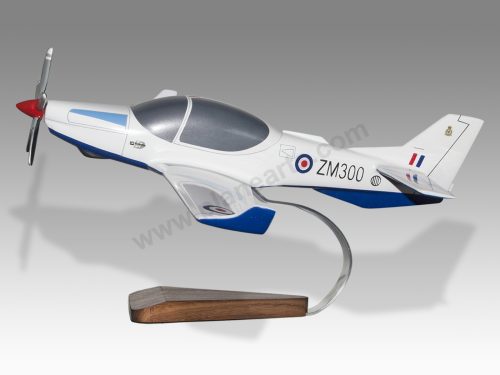

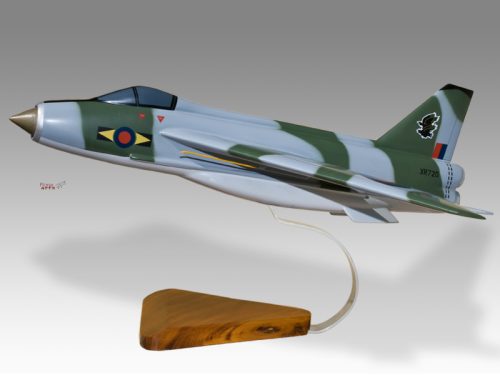


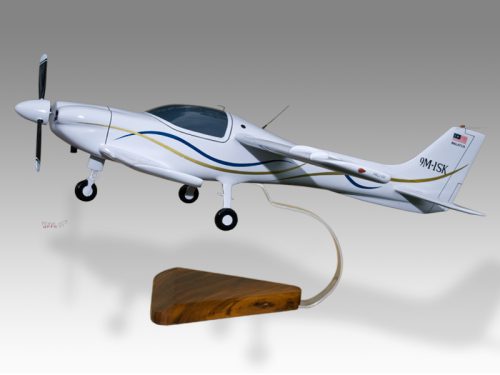
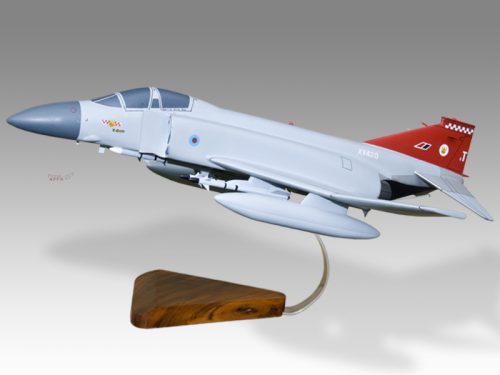
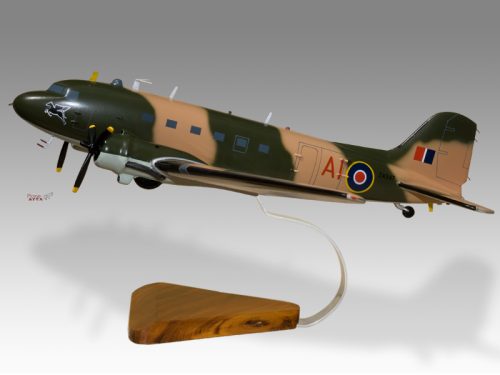

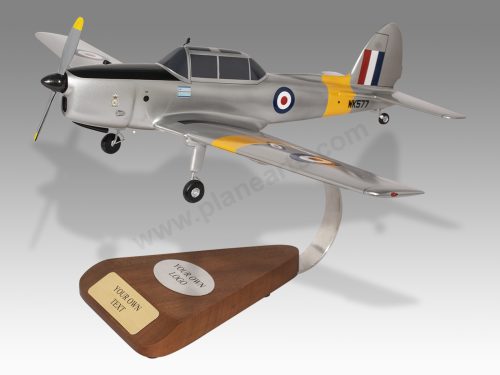
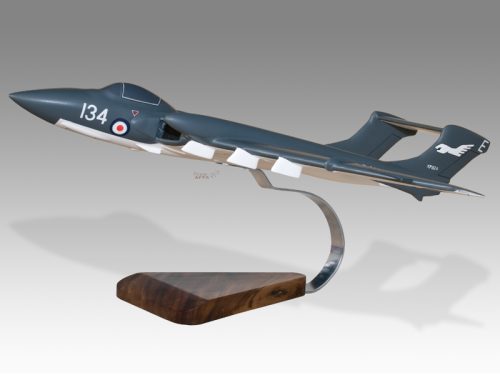
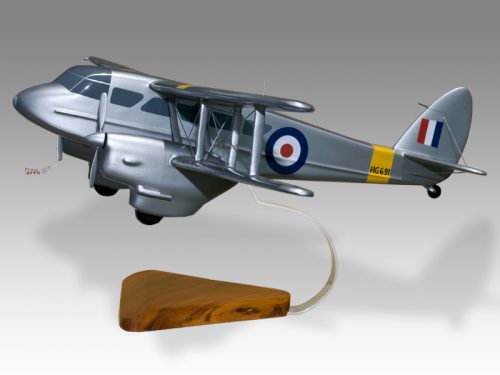
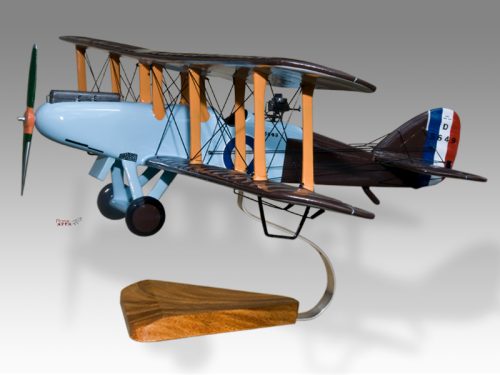
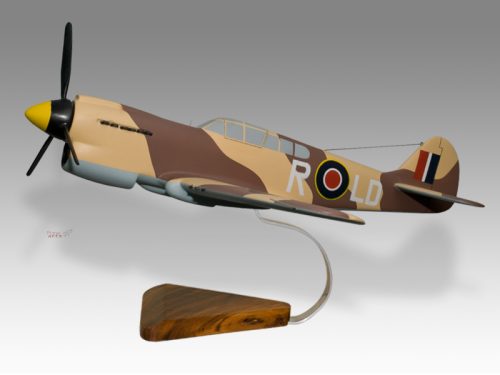

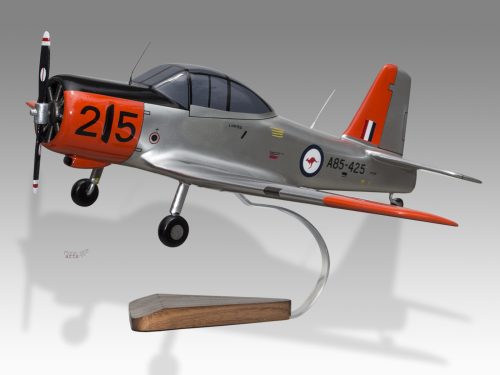

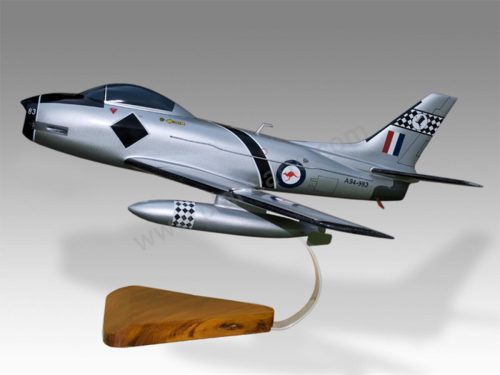
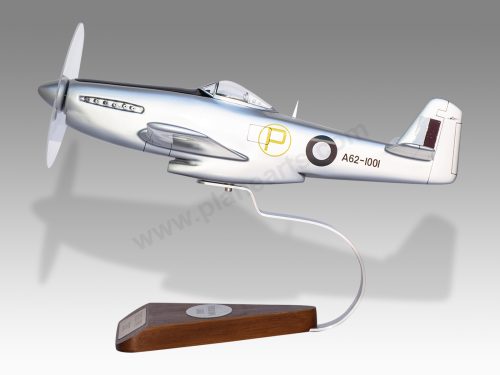
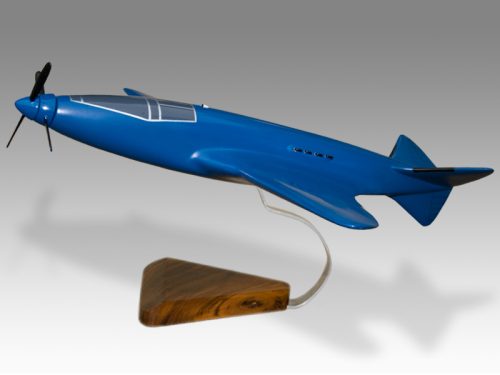
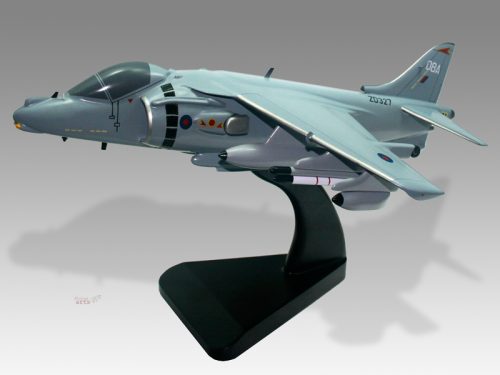
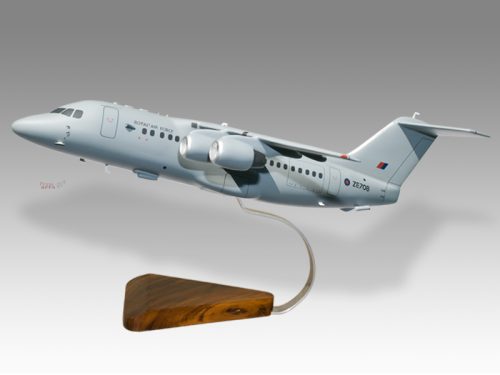

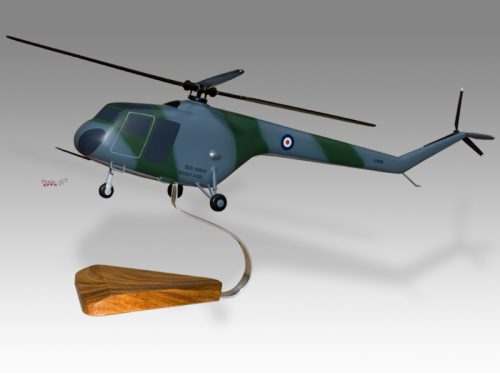
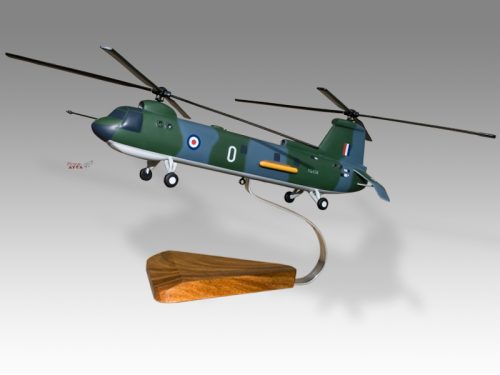

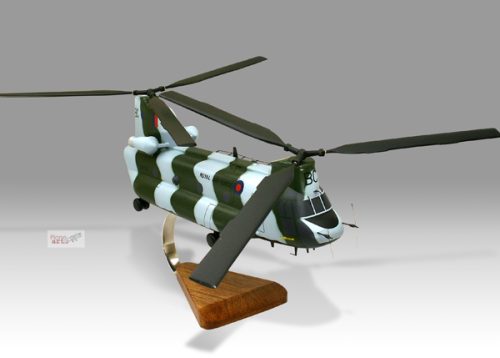
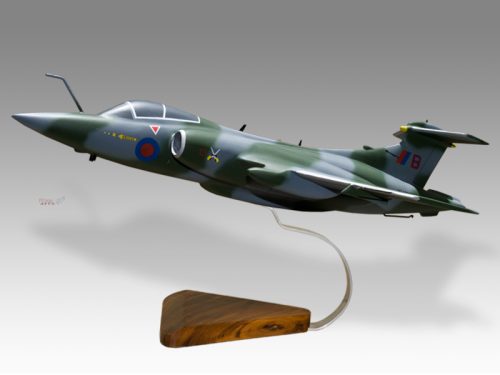
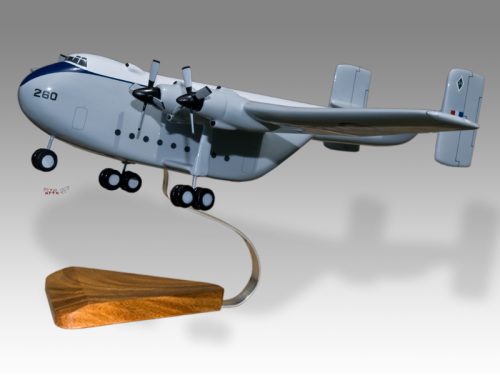
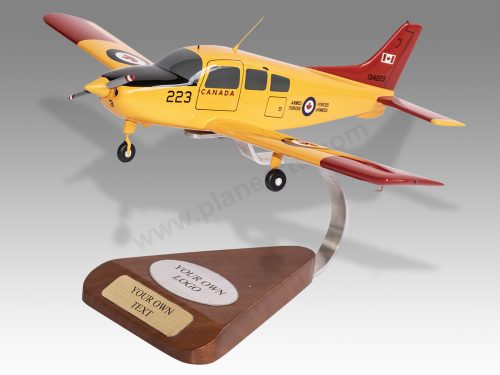
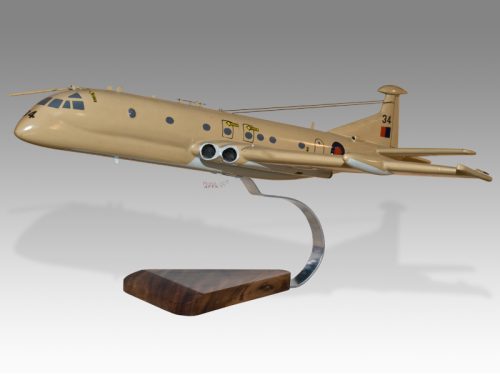

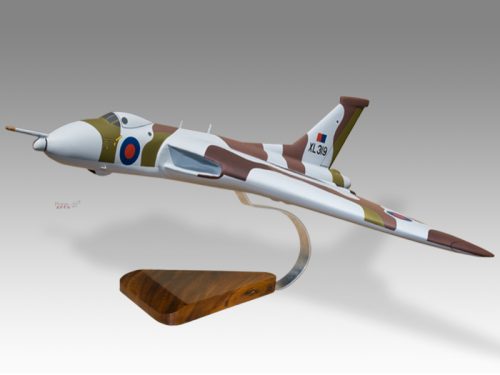
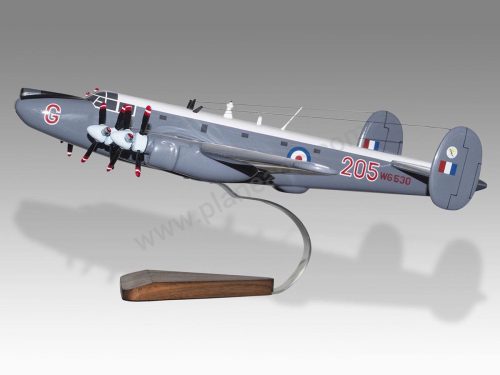

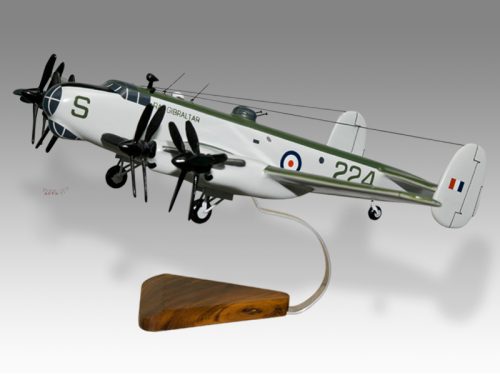
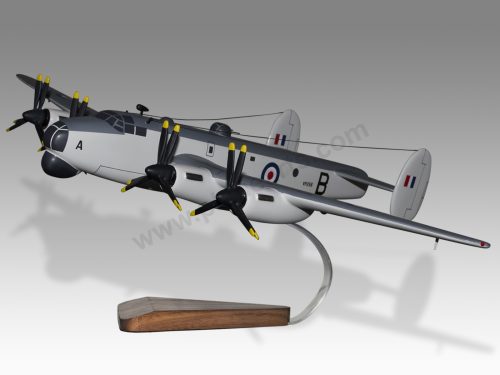
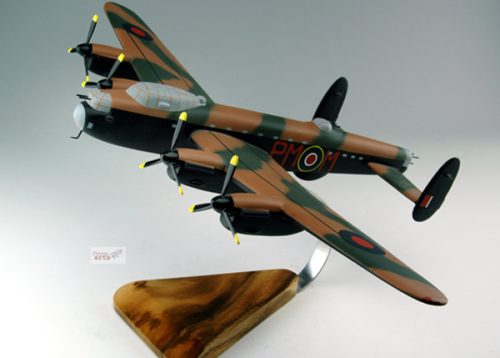
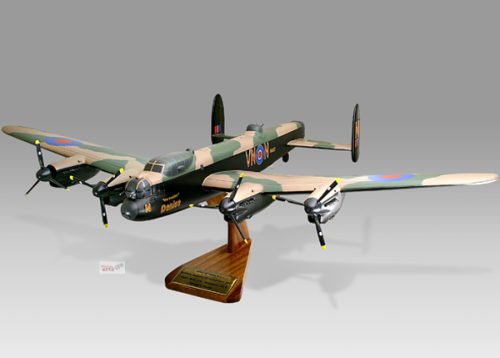
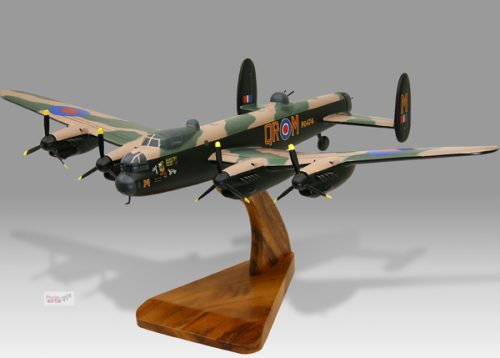


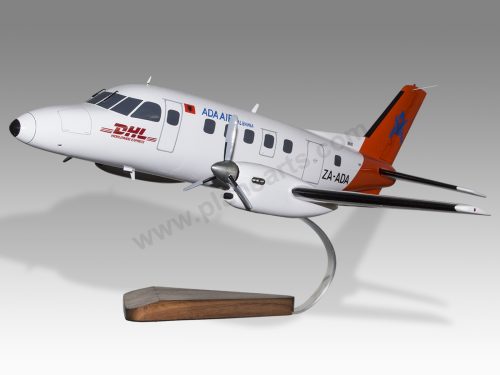

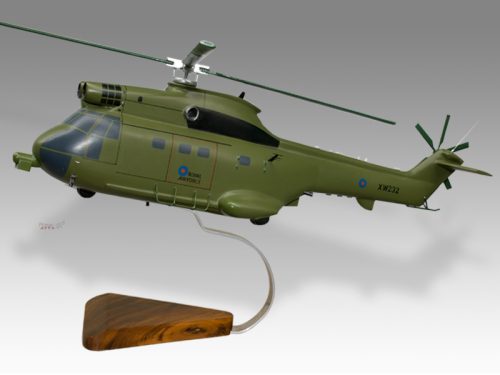

Reviews
There are no reviews yet.